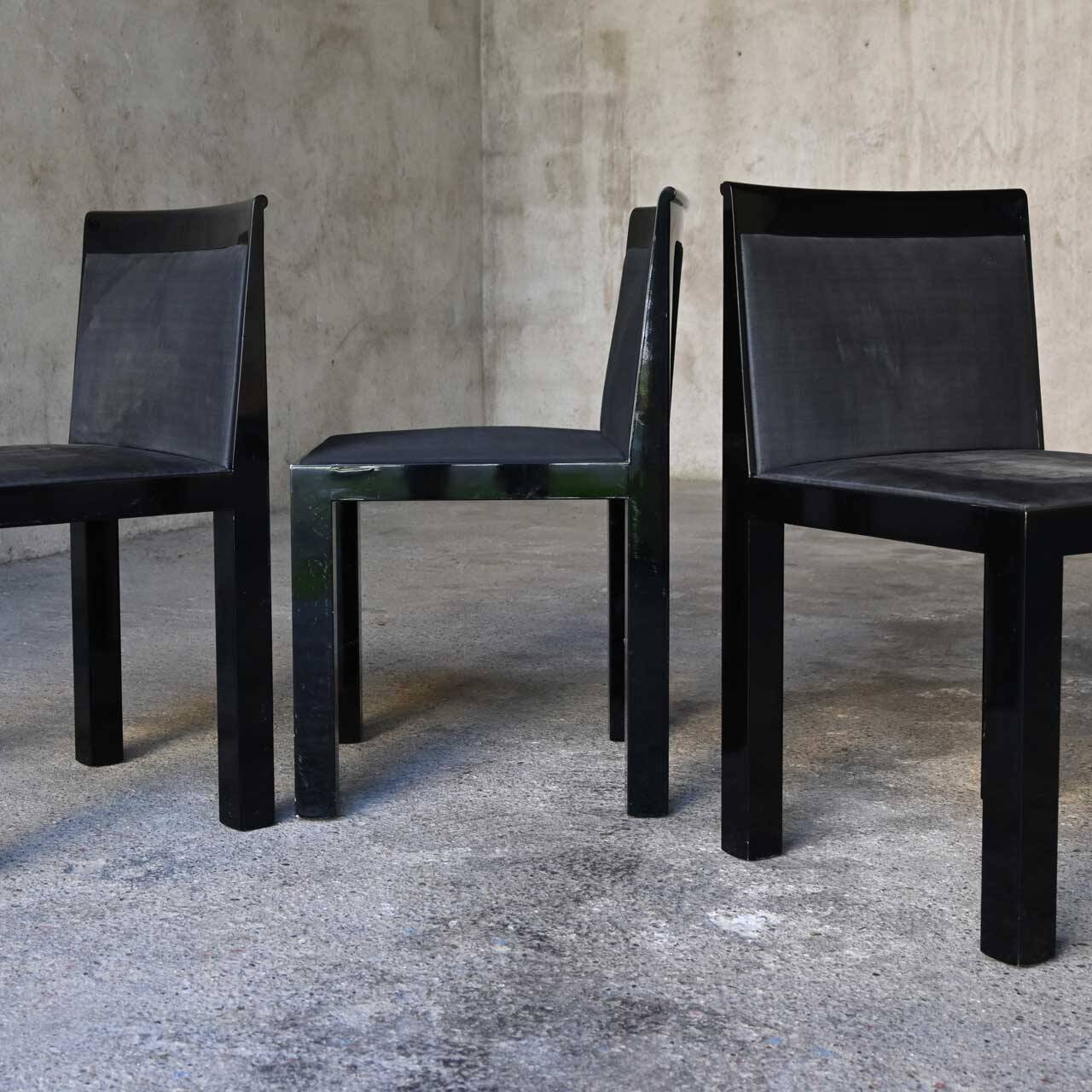Luca Meda
Luca Meda (1936–1998) was a prominent Italian architect and designer, known for his significant contribution to the field of industrial design and architecture between the 1960s and 1990s. Raised in Milan, he studied at the Accademia di Belle Arti di Brera and later at the Hochschule für Gestaltung in Ulm, one of the most prestigious design schools in the world.
His career was closely linked to the Molteni Group, where he served as artistic director from the late 1970s. In this position, Meda profoundly influenced the brand’s identity, designing iconic furniture and collaborating with other prominent designers. His best-known creations for Molteni&C include the Piroscafo bookcase (in collaboration with Aldo Rossi), the Zim and Ho chairs, the Vivette armchair, the Primafila sofa, and the 505 and Pass modular systems.
In addition to furniture design, Meda worked on architectural projects and museum installations, demonstrating a versatility that made him a key figure in the Italian design landscape of the 20th century. His ability to merge art and industry left a lasting impression, and his work continues to be celebrated and studied for its relevance and innovation.
Luca Meda
Luca Meda (1936–1998) was a prominent Italian architect and designer, known for his significant contribution to the field of industrial design and architecture between the 1960s and 1990s. Raised in Milan, he studied at the Accademia di Belle Arti di Brera and later at the Hochschule für Gestaltung in Ulm, one of the most prestigious design schools in the world.
His career was closely linked to the Molteni Group, where he served as artistic director from the late 1970s. In this position, Meda profoundly influenced the brand’s identity, designing iconic furniture and collaborating with other prominent designers. His best-known creations for Molteni&C include the Piroscafo bookcase (in collaboration with Aldo Rossi), the Zim and Ho chairs, the Vivette armchair, the Primafila sofa, and the 505 and Pass modular systems.
In addition to furniture design, Meda worked on architectural projects and museum installations, demonstrating a versatility that made him a key figure in the Italian design landscape of the 20th century. His ability to merge art and industry left a lasting impression, and his work continues to be celebrated and studied for its relevance and innovation.


